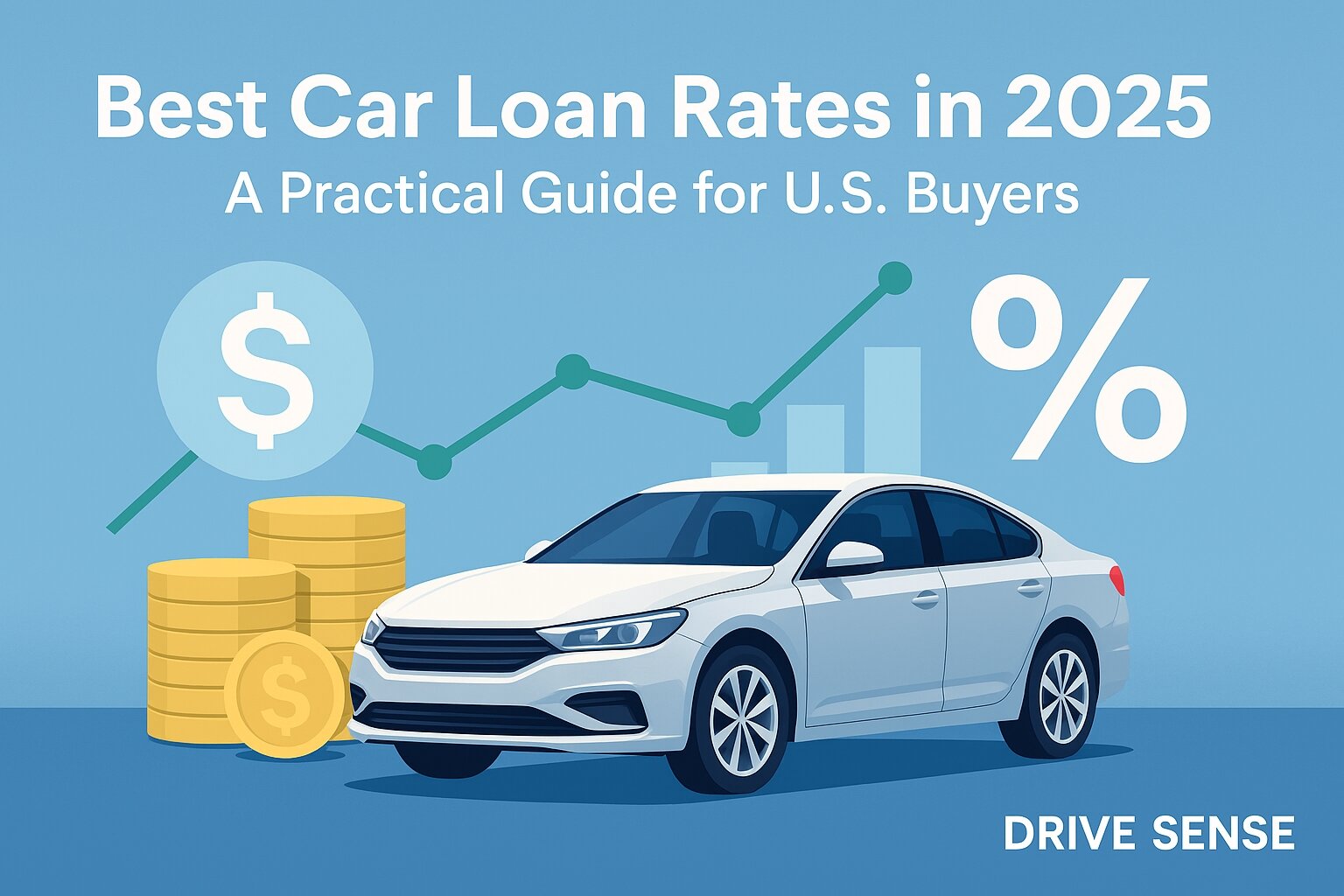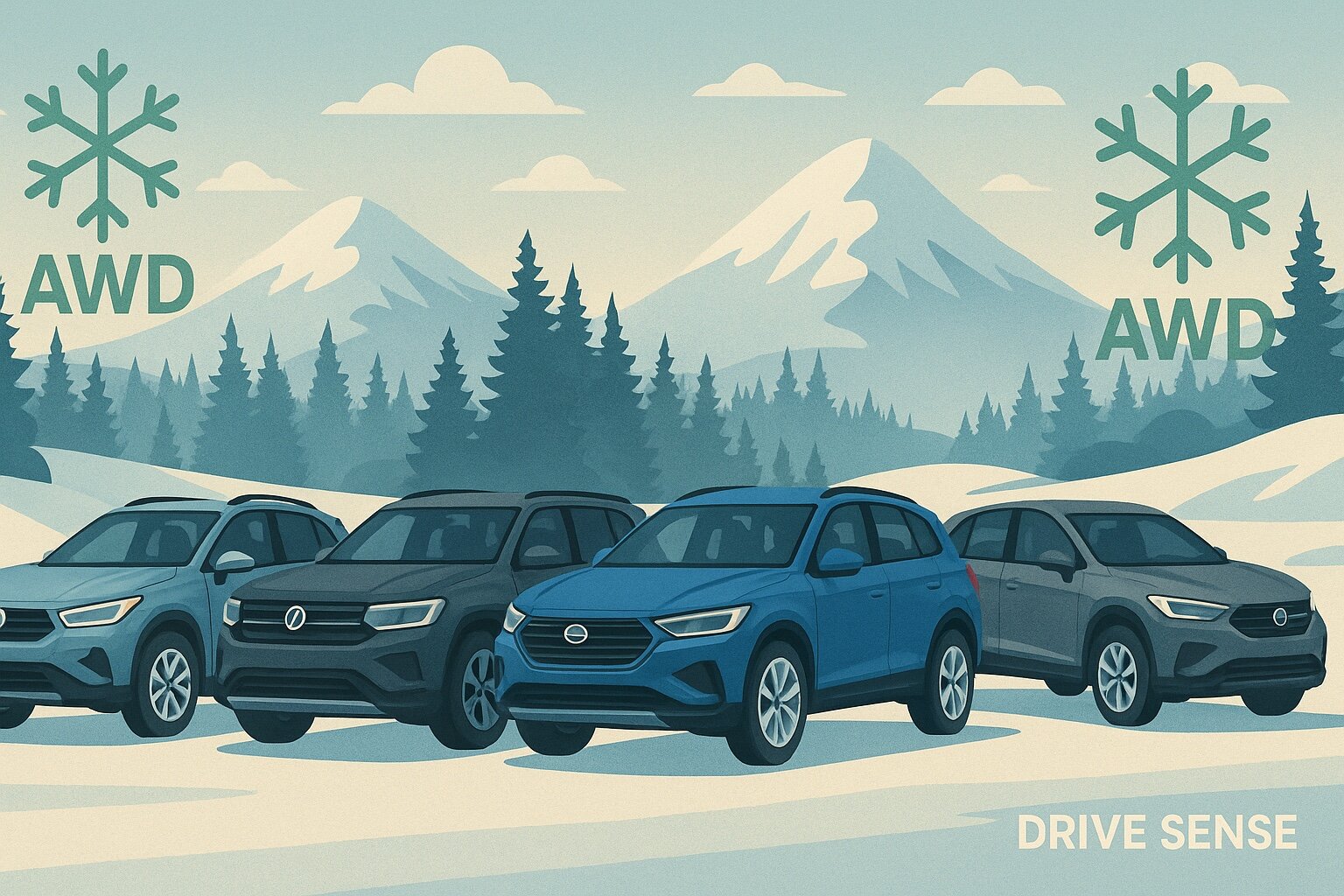On the Hunt for the Best Car Loan Rates in 2025: What’s Changing and What Stays the Same
The spring air in New York is always tinged with anticipation—dealerships prepping new models, customers weighing trade-ins, and finance managers dusting off their calculators. If you’re searching for a new or used car in 2025, you’re likely just as interested in what you’ll pay each month as you are in horsepower figures or color options. Auto loan rates, after all, shape the real cost of driving away in something new. Here’s a deep dive into how to find the best rates this year, what’s influencing them, and a few sharp-eyed strategies I’ve picked up from years on showroom floors and back-office negotiations.
Interest Rates: Why They’re Different This Year
Let’s start with the numbers. The U.S. Federal Reserve kept auto lending rates elevated through much of 2024 to curb inflation, and while there’s speculation about rate cuts in the second half of 2025, most banks and credit unions are still quoting higher-than-average APRs compared to the low-water marks of 2020-2021. As of early June 2025, average new car loan rates hover between 6.5% and 8.0% APR for borrowers with good credit (FICO 700+), according to Bankrate and Experian data. Used car loans typically run about 1% higher—think 7.5% to 9.0% APR for similar credit profiles.
These aren’t the sky-high rates seen in the late ‘70s or early ‘80s, but if you were buying cars during the pandemic-era lows (sub-3% wasn’t uncommon), it’s a bit of a jolt. Even folks with pristine credit are feeling it. Sitting in dealership finance offices this spring, I’ve heard more than one customer exhale sharply when their monthly payment gets recalculated at today’s rates.
Who’s Offering the Best Deals? It’s Not Always Who You Think
Banks still dominate auto lending nationally, but credit unions have been quietly gaining market share, especially since 2023. In my reporting across New York and New Jersey, credit unions often undercut banks by a half-point or more on interest rates. For example, Teachers Federal Credit Union recently advertised 6.49% APR on new car loans up to 60 months for top-tier borrowers—a full point under many big banks.
Don’t overlook captive finance arms—the lenders operated by automakers like Ford Credit or Toyota Financial Services. They occasionally run subvented (below-market) promotional rates on certain models to juice sales, especially if inventory piles up or year-end targets loom. But these deals are typically limited to select vehicles and require excellent credit.
How Automaker Incentives Are Changing the Game
Incentives ebb and flow with market conditions. In 2025, the big trend is fewer zero-percent offers but more cash rebates or bonus cash tied to financing through the manufacturer’s lender. The push toward electric vehicles (EVs) is also shaping incentives—expect better financing deals on outgoing gasoline models as automakers make room for new EV launches.
I recently watched a buyer snag an extra $1,000 off a Dodge Challenger simply by agreeing to finance through Stellantis Financial rather than paying cash or using an outside bank. That extra rebate trimmed her effective APR by nearly half a point over five years.
Your Credit Score: Still King of the Hill
This hasn’t changed: your FICO score remains the single biggest factor in what rate you’ll see. For buyers above 740, most lenders will offer their best advertised rates—though they’ll still scrutinize your income and debt-to-income ratio more closely than pre-pandemic days.
If your score falls below 650, expect to see offers climb into double digits—sometimes even past 15% APR for used cars at independent lots. It pays (literally) to check your credit report for errors before shopping and consider paying down debts or making on-time payments for a few months if you’re close to moving into a better tier.
Loan Terms: Longer Isn’t Always Better
The lure of longer loans—72 months, sometimes even 84—is hard to resist when monthly payments feel steep. But here’s where I get mildly annoyed: too many buyers focus only on that monthly number without realizing how much extra interest piles up over six or seven years.
For example, on a $40,000 SUV at 7% APR over five years versus seven years, you might save $120/month by stretching out payments—but pay over $3,000 more in total interest by the end of the term. That faint click from the finance manager’s calculator? It’s often the sound of profit margins increasing with every extra month you add.
Down Payments: Why More Upfront Still Makes Sense
I’ve met plenty of buyers who want to roll everything into their loan—taxes, fees, even negative equity from their last vehicle. It’s tempting when cash is tight. But putting at least 10-20% down does two things: it lowers your financed amount (and thus your total interest paid), and it helps avoid being underwater (owing more than your car is worth) as your vehicle depreciates.
Sitting behind the wheel of a new model with that faint scent of upholstery is satisfying—but it fades quickly if you’re stuck upside-down on your loan two years down the road.
Shopping Around: Why Lender Pre-Approval Is Your Secret Weapon
One lesson from covering this beat: never assume the first offer is the best one—even if it comes from a trusted local bank or shiny dealership office. Getting pre-approved from an outside lender before setting foot on dealer turf gives you leverage during negotiations—not just on price but on finance terms too.
I’ve watched negotiations shift dramatically when a buyer produces a pre-approval letter with a lower rate than what’s on offer at the desk. Dealers will sometimes match or even beat outside rates to keep your business—all it takes is asking.
EVs, Hybrids, and Tax Credits: The New Math
This year brings fresh wrinkles for shoppers considering electrified vehicles. Federal tax credits up to $7,500 remain available for many EVs under new domestic content rules—though not every model qualifies (check www.fueleconomy.gov for updated lists). Some lenders now let buyers apply these credits directly as down payments at purchase, reducing your loan amount upfront instead of waiting for tax time.
Anecdotally, I’ve seen several buyers pair tax credits with low promotional APRs on EVs like the Chevrolet Equinox EV or Hyundai Ioniq 6—sometimes yielding monthly payments competitive with comparably sized gasoline crossovers despite higher sticker prices.
The Fine Print: Fees and Extras That Sneak Up
No matter how sharp your negotiating skills are, keep an eye out for hidden fees—origination charges, documentation fees (which vary wildly by state), and optional add-ons like GAP insurance or extended warranties rolled into your loan principal. These can quietly add hundreds or thousands over time—and sometimes push your effective APR higher than you realized.
The tactile snap of signing those final documents should come with confidence—not regret over missed details buried in fine print.
Key Takeaways for Getting Your Best Rate in 2025
- Check your credit score early; dispute errors and pay down debts if possible before applying.
- Get quotes from multiple sources: banks, credit unions, online lenders—and don’t forget captive finance arms for special deals.
- Consider shorter loan terms if you can swing it; total interest saved adds up fast.
- Bring cash for a solid down payment—even if just enough to cover taxes and fees out-of-pocket.
- If buying an EV or hybrid, research eligibility for federal/state incentives that can cut your effective cost—and possibly reduce your loan amount upfront.
The Road Ahead: Industry Shifts That Might Help—or Hinder—Borrowers
A few trends worth watching as we roll deeper into 2025:
- The Federal Reserve may cut rates later this year if inflation continues cooling—a move that could trickle down to auto loans within months.
- The rise of online-only lenders (like LightStream or Carvana Financing) is putting pressure on traditional banks; some offer streamlined applications but watch out for variable rates after initial promos expire.
- Automakers are under pressure to clear out gas-powered inventory ahead of stricter emissions regulations; that could mean better financing deals on select models as fall approaches.
If there’s one constant I’ve seen over two decades covering this business—from bustling Manhattan showrooms to sleepy Long Island used lots—it’s that preparation pays off more than luck when it comes to financing. Take time to shop around and know what levers move your rate; don’t let anyone rush you through those last steps just because there’s another customer waiting behind you.
If you’re patient—and armed with solid information—you’ll drive away knowing you got not just a fair price on your next ride but a loan that won’t haunt you long after that new-car smell fades away.

